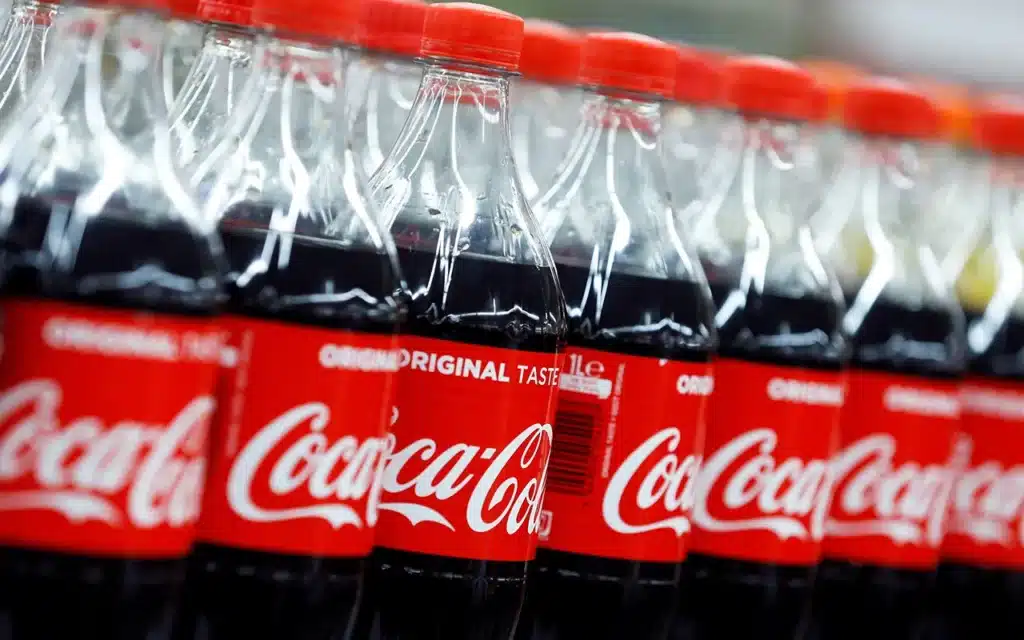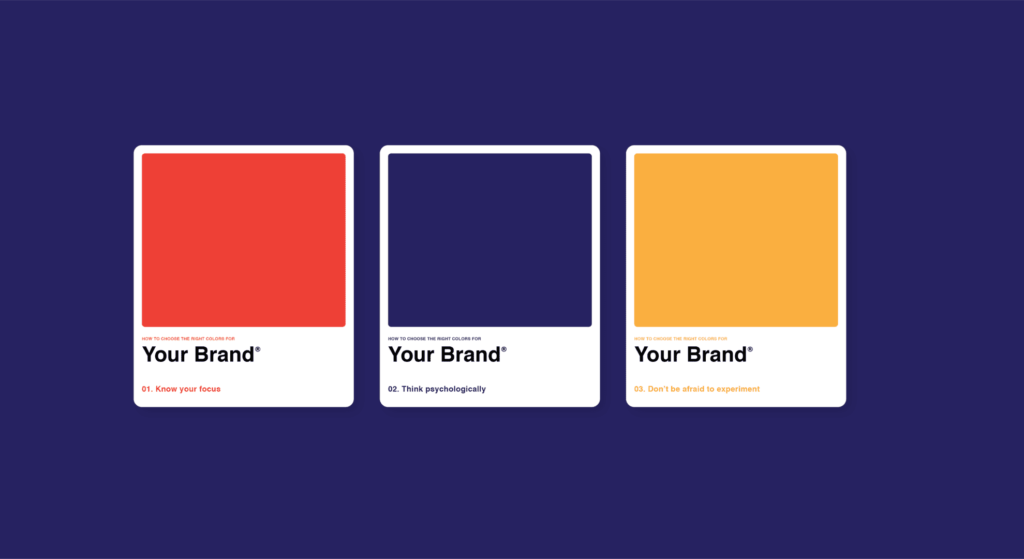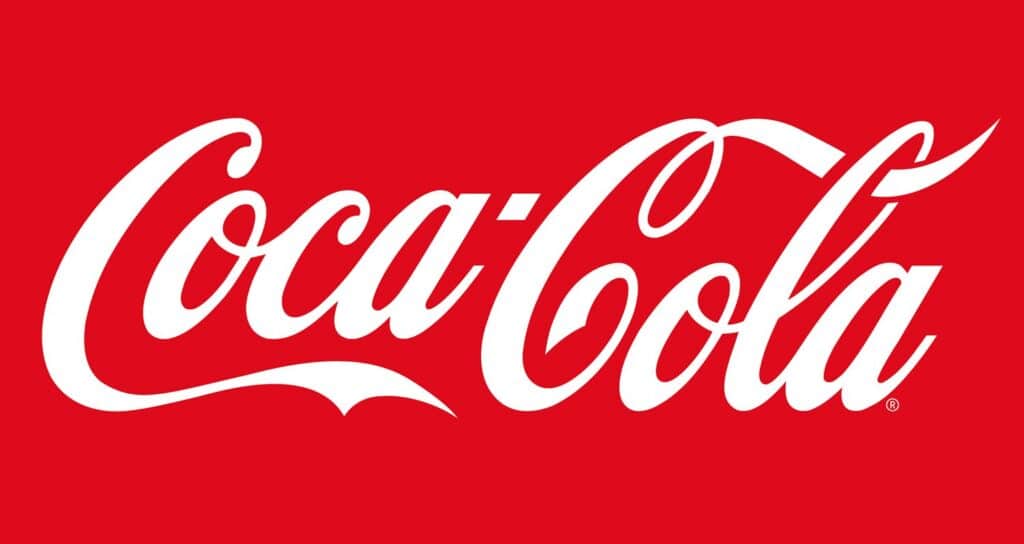Colors hold a special place in our lives as humans. They have a way of eliciting emotions and shaping our attitudes toward products or brands. This is why businesses are meticulous in selecting the appropriate hues for their marketing and branding strategies. But what is the science behind how colors influence our perceptions of a brand or product?
Contents
The Meaning of Colors in Branding
Colors have different meanings and associations that vary across different cultures and contexts. Here are several ubiquitous meanings of colors in branding:
Red: Red is associated with power, energy, and passion. It is often used by brands that want to instill a feeling of hurry and excitement, such as Coca-Cola and Target.
Blue: Blue is associated with trust, reliability, and security. It is often used by brands that want to create a sense of stability and professionalism, such as IBM and Ford.
Green: Green is accompanied by growth, health, and nature. It is often used by brands that want to create a sense of sustainability and eco-friendliness, such as Whole Foods and Starbucks.
Yellow: Yellow is associated with optimism, clarity, and warmth. It is often used by brands that want to create a sense of happiness and friendliness, such as McDonald’s and Best Buy.
Orange: Orange arrives with confidence, creativity, and warmth. It is often used by brands that want to create a sense of playfulness and energy, such as Nickelodeon and Fanta.
Purple: Purple is associated with luxury, elegance, and creativity. It is often used by brands that want to create a sense of sophistication and exclusivity, such as Cadbury and Hallmark.
Black: Black is associated with sophistication, power, and authority. It is often used by luxury brands that want to create a sense of exclusivity and high-end quality, such as Chanel and Gucci.
White: White is associated with simplicity, purity, and cleanliness. It is often used by brands that want to construct a purpose of simplicity and minimalism, such as Apple and Nike.
Color’s Place in Branding and Marketing
Colors have a powerful impact on how customers perceive and remember a brand. The right colors can increase brand recognition, evoke emotions, and influence purchasing decisions. Here are some ways in which colors can influence branding and marketing:
- Emotional Impact: Colors can evoke emotions and feelings that are associated with a brand or product. For instance, blue is synonymous with trust and reliability, which is why many financial institutions use blue in their branding.
- Brand Recognition: Consistent use of color can increase brand recognition and recall. When customers see a brand’s color repeatedly, it becomes easier for them to recognize and remember the brand.
- Cultural Influence: Different cultures have different associations and meanings for colors. Brands need to consider cultural differences when choosing colors for their branding and marketing.
- Product Perception: Colors can influence how customers perceive a product. For example, a green product may be perceived as eco-friendly and sustainable.
Color Psychology in Advertising
Colors can be used strategically in advertising to influence customer behavior and perception. Here are some examples of successful ad campaigns that use color psychology. Coca-Cola’s use of red is an example of how color can create a sense of excitement and urgency. The red color is associated with energy and passion, which makes it a perfect fit for Coca-Cola’s brand. At the same time, McDonald’s: McDonald’s use of yellow is an example of how color can create a sense of happiness and friendliness. The yellow color is associated with optimism and warmth, which makes it a perfect fit for McDonald’s brand.
As businesses compete for customers’ attention and loyalty, they must use every tool at their disposal to stand out. Color is one such tool that can make a big impact on a business’s marketing and branding success. By understanding the psychology of color, businesses can choose the right color(s) to convey the right message, evoke the right emotions, and ultimately drive the desired actions from their customers.




